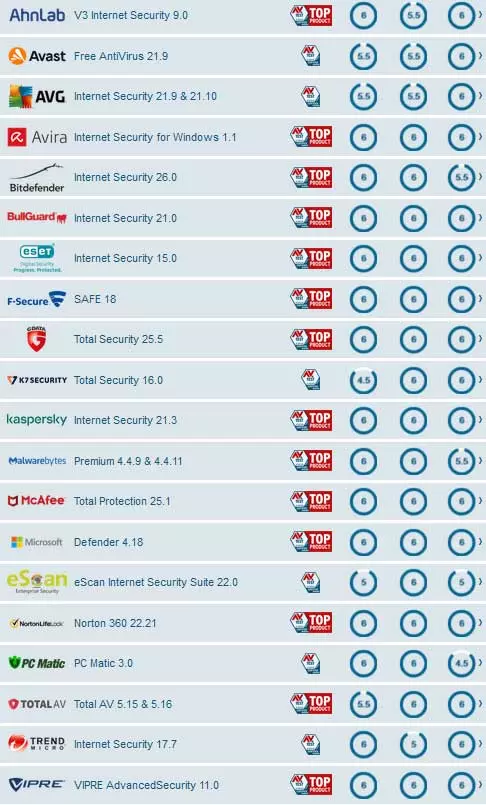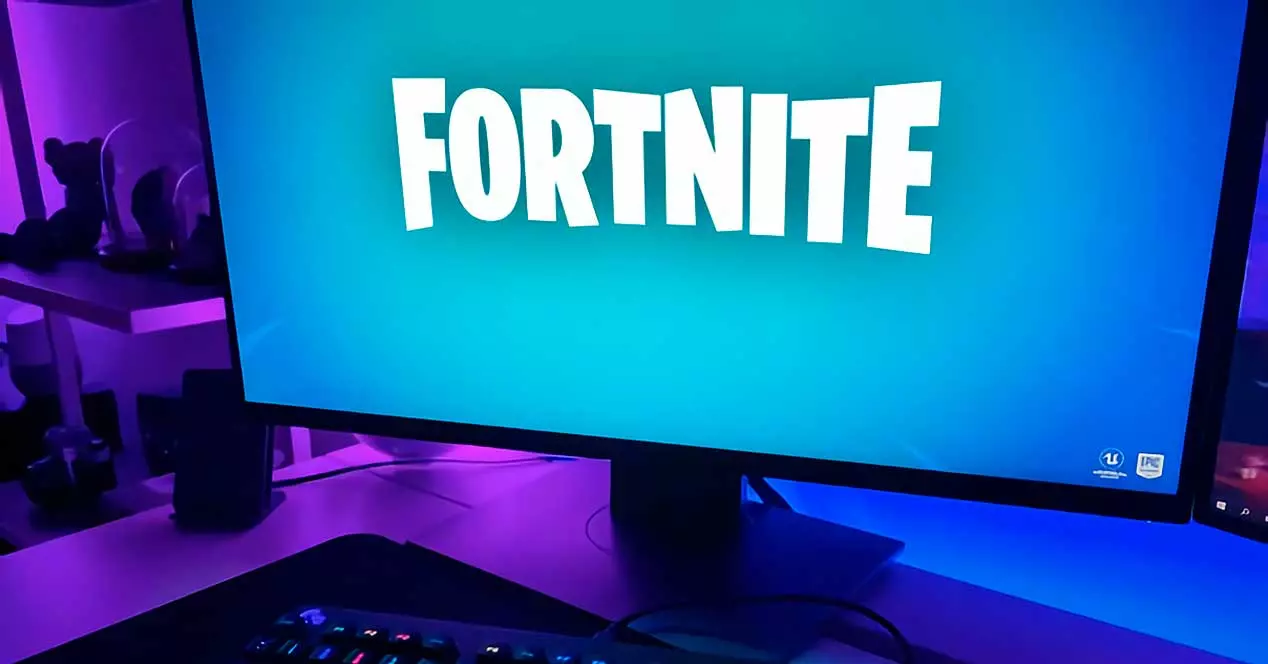
It could be said that AMD is entering a kind of ostracism, since given the global situation of graphics cards that a manufacturer compares itself with its rival in something like performance per dollar according to watts is at least difficult to believe. But that’s what he did Frank Goshawk trying to compare your company’s graphics cards with NVIDIA’s on a chart, which is questionable to say the least. This is AMD’s comparison of graphics based on performance per watt per dollar.
In the midst of price de-escalation, where no one is buying graphics cards and stores and retailers are eating stock due to factors such as the second-hand market, AMD arrives and puts a little more fuel on the fire when it is not needed to try, we understand , boost sales compared to Huang.
Why choose an RX 6000? AMD explains it to you
The table offered by AMD has a common premise: it takes as the most representative value the price that its graphics cards have right now and that of the green ones in newegg to date May 10. That said, the second value taken by Lisa Su is the average FPS that both cards claim they achieve, to finish with a third table that implies the TBP of each graphics card.
As a longtime gamer I’m grateful for the renewed competition in high-end graphics, we all win from it. so yet @AMD employee I’m super proud of what our @Radeon team has accomplished. #gamingpc pic.twitter.com/6Rs9kjG9UD
– Frank Azor (@AzorFrank) May 16, 2022
AMD’s results and conclusions are reflected in the last column on the far right. That said, is it lawful to compare like this? It is necessary? Well, it’s highly debatable.. In the first place, comparing by price without looking at the added value of each graphics card is undoubtedly an important bias, since, for example, performance under Ray Tracing is ignored, where we all know that NVIDIA wins and by a lot.
AMD also ignores the use of DLSS, its better image quality and its better performance (by a little) compared to its rival. Finally, the relative performance in any of the graphs shown is greater than the real one, that is, the difference in FPS and above all percentage is not so increased in favor of the reds, as can be seen between the RTX 3050 and the RX 6600, where the average that we can see in reviews after a battery of games is above the 20% in favor of AMD and not that +40% and +38%, very optimistic here.
AMD and its graphics, performance per watt and dollar at a time like this?
It is worth the redundancy if we say that AMD is being very optimistic in these data shown, which anyone can see online in just a few clicks and according to their criteria. But perhaps the worst thing right now is to make a comparison of performance per dollar arguing a better FPS per watt ratio.
Apparently, the price of NVIDIA graphics cards is falling faster than AMD at the moment and may not only end up on par with its rival by range, but could soon be below due to excess price. stock and the speed that stores have to sell to recover investment and make way for the stock that comes from RTX 40.
So, does this comparison make sense given the price variability we’re seeing? Probably not, but instead it shows that AMD yes he is in a hurry to sellsince a better price scout could have been done through many Internet websites instead of taking just one showing results that may not be as good and more objective than those represented here.
What is certain is that we are immersed in a war for marketing where both are going to pull their ground. The second step has been taken by AMD, NVIDIA has not responded yet and is silent, surely knowing that you have to take a couple more bites at the price or the GPUs are going to stay on the shelves and end up being returned with the consequent problems.




